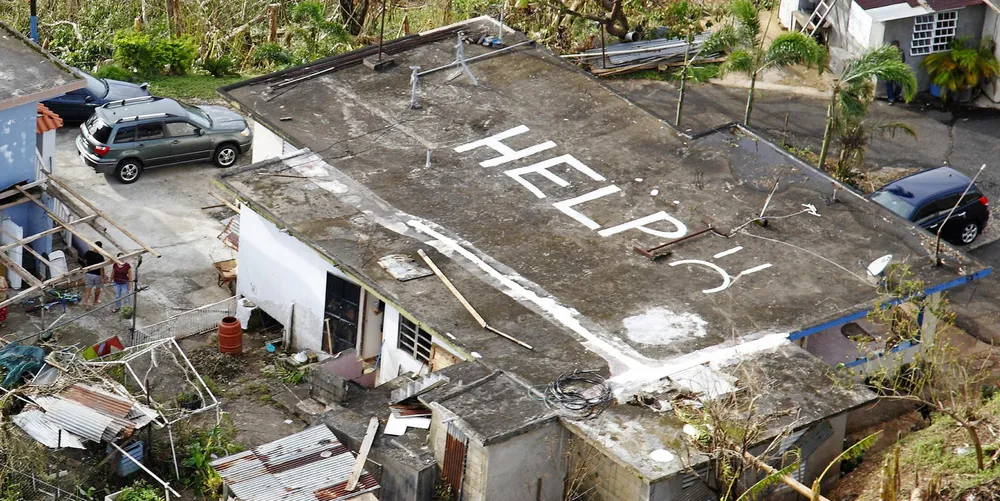US island of Puerto Rico's 100% clean energy target by 2050 'possible': NREL
National Renewable Energy Laboratory spearheaded two-year study that found solar and storage will be central for a resilient and cost-efficient grid

The US territory of Puerto Rico has ten-times the resources to reach its goal of 100% affordable clean energy by 2050, a two-year study by the National Renewable Energy Laboratory (NREL) found.
This legislation was sparked by back-to-back hurricanes that hit the island in September 2017 and wiped out at least 80% of its grid, leading to the longest power outage – 328 days – in American history.
The island territory some 1,000 miles (1,600 km) east of Miami, struggled with adequate power supply before the 2017 hurricanes.
Even after years of recovery, “Puerto Rico’s current electricity system is complex, isolated, reliant on imported fuels, and vulnerable to extreme weather events and other natural hazards,” NREL noted.
“Frequent outages continue to impact Puerto Ricans on a day-to-day basis, caused in part by the poor state of repair of the electric transmission and distribution grid and insufficiency of the current generation fleet,” the report added.
The island's clean energy law calls for interim targets of 40% by 2025, 60% by 2040, the phaseout of coal-fired generation by 2028, and a 30% increase in energy efficiency by 2040.
The island currently has only 226MW of solar capacity, and meeting the 40% interim target would require an added 3GW of capacity.
NREL came up with several scenarios that differed in the amount of land required and overall costs, as well as in assumptions on 2050 power demand, which in marked contrast to most regions of the US, is expected to decline over the next decades as the population decreases.
In the “more land” scenario, NREL forecasted 44.67GW of utility-scale solar with levelised cost of energy (LCOE) of $75/MWh.
Costs rise in the “less land” scenario to $79/MWh, with only 14GW of utility-scale solar, and the rest residential rooftop.
Small amounts of onshore wind are also included, but not offshore wind, despite the Inflation Reduction Act (IRA) including incentives for US island territories.
Green hydrogen is likewise ignored in favour of biodiesel-fueled power plants and battery storage.
“We do not see deployment of additional offshore wind, ocean thermal energy conversion (OTEC), or hydrogen in the model due mostly to a lack of current and projected cost-competitiveness,” NREL noted in the report.
(Copyright)